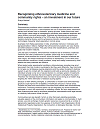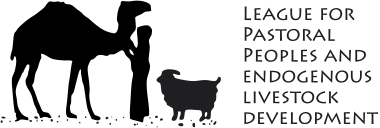Recognising ethnoveterinary medicine and community rights: An investment in our future – Summary
Summary of a presentation at the conference on “Ethnoveterinary medicine: Tradition, science, cultural richness”. Bologna, 29 October 2010. Società Italiana di Veterinaria e Zootecnia Tropicale per la cooperazione internazionale Veterinari Senza Frontiere Italia

Download document


